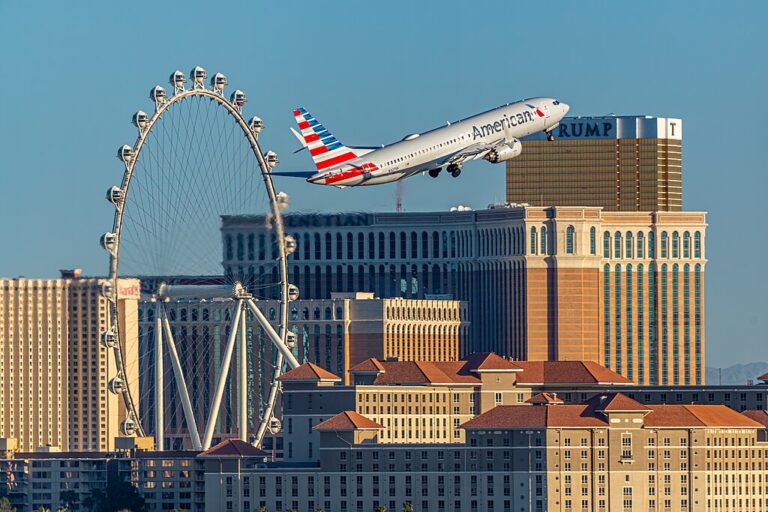
The Federal Aviation Administration (FAA) has launched a focused initiative to address increasing airspace conflicts between helicopters and fixed-wing aircraft in the skies over Las Vegas, a region that has seen a significant rise in both types of aerial traffic due to tourism, commercial flights, and private aviation.
Las Vegas is a unique hub of aviation activity. Helicopter tours are immensely popular, especially around the Grand Canyon and the Las Vegas Strip, while McCarran International Airport (now Harry Reid International) handles thousands of fixed-wing flights each week. As the volume of both continues to grow, the risk of near misses and navigational conflicts has prompted the FAA to take a closer look at how the airspace is managed.
The core issue lies in overlapping flight paths and differing operational altitudes. Helicopters often operate at lower altitudes, weaving between fixed-wing arrival and departure corridors, particularly during sightseeing excursions. Meanwhile, fixed-wing aircraft approach and depart using strict patterns, which can intersect with helicopter routes if not carefully managed.
In response, the FAA is conducting a comprehensive airspace review in collaboration with local operators, air traffic controllers, and city officials. One of the primary goals is to design more distinct and predictable flight corridors for helicopters, separating them vertically and laterally from commercial jet routes. The agency is also evaluating the introduction of new procedures and air traffic control tools to better coordinate mixed-type traffic.
Part of the initiative includes expanding pilot education around high-traffic zones and improving communication between helicopter and fixed-wing pilots. Technology upgrades at key ATC facilities are also under consideration to enhance real-time tracking of low-altitude flights, which are often harder to monitor with standard radar systems.
Stakeholders from the helicopter tour industry have voiced cautious optimism, noting that better-defined air routes could improve safety and reduce delays. Fixed-wing operators, including commercial airlines, have welcomed the FAA’s attention to the issue, pointing to several recent near misses as a wake-up call for more robust oversight.
FAA officials have emphasized that Las Vegas is a pilot project. If successful, similar conflict-resolution strategies may be rolled out in other high-density mixed-aircraft regions, such as Los Angeles and New York City.
For now, the Las Vegas skies are under close watch, as the FAA works to ensure that the city’s booming aviation sectors can grow without compromising safety.

